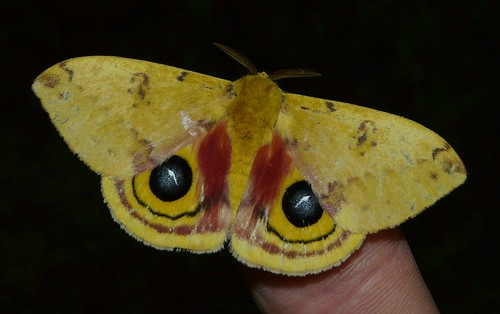via the U.S. Fish and Wildlife Service also see the USFWS Northeast website
Hurricane Sandy taught us that the coast is an ever-changing environment, vulnerable to sea-level rise and powerful storms. Since Sandy made landfall in October 2012, The U.S. Fish and Wildlife Service has been working with other federal agencies and conservation partners to restore the Atlantic Coast by enhancing habitats that protect our coastal communities and sustain people and wildlife. These efforts are supported by funding from the Department of the Interior through the Disaster Relief Appropriations Act of 2013.
Recognizing the interconnected nature of our conservation work, today we launch the first in a series of videos highlighting communities impacted by Hurricane Sandy and their journey toward recovery. This first video outlines a $1.65 million beach habitat restoration project along the shores of Delaware Bay that is already benefiting native horseshoe crabs and migrating shorebirds. At the same time, the project will help local communities like Middle Township, New Jersey, whose Mayor Tim Donohue describes how strengthening natural defenses will in turn protect homes and support the area's ecotourism industry.
This project and others like it are designed to support decisive and informed actions now with our partners to safeguard our coastal communities for years to come.



